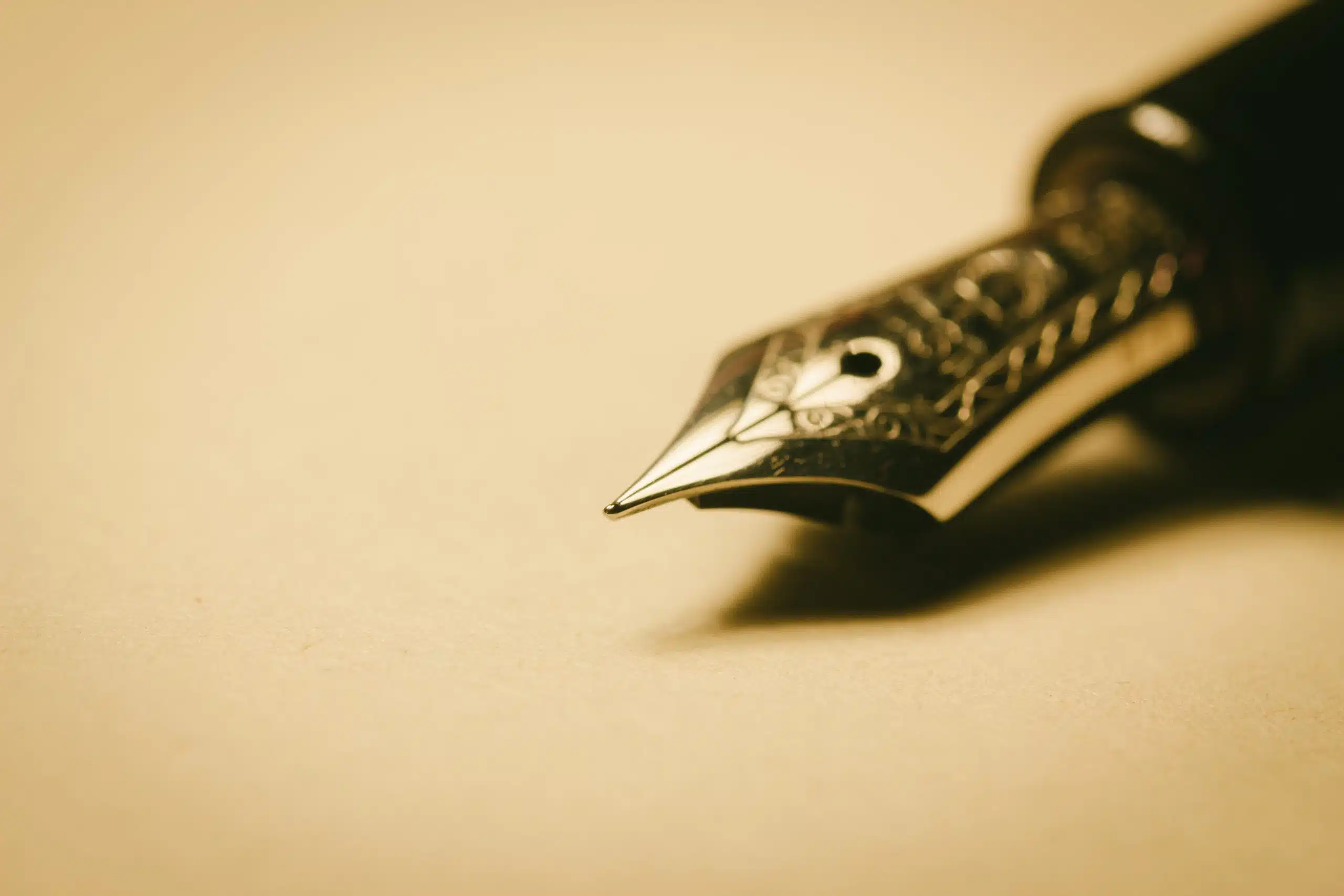Here’s what the Rannaicheacht Mhor poetry form is:
Rannaicheacht Mhor is an ancient Irish poem form based entirely on quatrains.
The lines of the quatrain are isosyllabic, a relative rarity among Irish poem forms, and cross-rhymes are used liberally.
In particular, every line includes a word that matches the end rhyme in its paired line.
So if you want to learn all about the Rannaicheacht Mhor poetry type, then you’ve come to the right place.
Let’s get into it!
- Trian Rannaigechta Moire Poetry Form
- Deibide Baise Fri Toin Poetry Form
- Cethramtu Rannaigechta Moire Poetry Form
- Awdl Gywydd Poetry Form: Cherish Welsh Legacy

Forms of Poetry: Rannaicheacht Mhor

Like all variants of the Rannaigheacht, the Rannaicheacht Mor is a quatrain-based Irish poem form that, as is the standard with old Irish forms, relies heavily on rhyme, repeated sounds, and cross-rhymes.
This particular form is isosyllabic (the same number of syllables on every line), setting it apart from its sibling forms.
Basic Properties of the Rannaicheacht Mhor

| Rhyme Structure | Strict |
| Meter | Syllabic |
| Origin | Ancient Ireland |
| Popularity | Rarely mentioned in the modern day |
| Theme | Varies |
How Is Rannaicheacht Mhor Structured?

This form is a complex one, so put on your seatbelts.
The external elements of the structure are relatively easy to parse.
It’s a poem consisting of any number of quatrains which are all written with internal abab rhyme schemes.
Every line of every quatrain is seven syllables.
That’s where the easy part stops and the “fun” part begins.
The end words are rhymed internally in opposite lines of each couplet, meaning that a line ending in the ‘a’ sound will have a ‘b’ sound somewhere inside of it.
This gives the poem a fun musical quality when read aloud, though it does create a lot of work for the poet.
Also the rhymes are not necessarily true rhymes in the sense we generally think of them but instances of consonance.
And alliteration is preferred, ideally with two instances per line.
Last, but not least, the final word of the verse is expected to alliterate with the immediately preceding word.
In practice, you may find that you don’t necessarily have opportunities to accommodate all of these standards.
That’s generally fine, as long as you can work most of them in, but it will be especially impressive if you can get it all in there.
Either way I’m not going to try to sugarcoat this:
The form is rough for beginners and even daunting for advanced poets.
The below diagram may help somewhat, but this form is a heavyweight, even among Irish poem forms.
xxxbxxa
xxxaxxb
xxxbxxa
xxxaxxb
Note that the positions of the internal sounds may shift a bit.
They can be as early as the second syllable and as late as the fifth.
This diagram also doesn’t pinpoint every instance of alliteration that will be expected of the poet because frankly…that’s hard to describe without entire paragraphs devoted to it, as above.
Importantly, this isn’t even the hardest of the Rannaigheacht forms.
Ancient Celtic poetry is absolutely swimming with examples of poems that seem to exist exclusively to weed out those who haven’t sold their souls to alliteration.
The traditional dunadh may also be used, though the few English examples out there seem to be divided on this.
In short, a dunadh is a repetition of the first word, phrase, or sound in the poem at the end of the poem.
This can be as simple as one repeated sound at the end.
Example of Rannaicheacht Mhor

I despise with all my heart
the startling stench of lies.
It flies forth fast, hitting hard,
in its guarded gilded guise.
Speaking bluntly, I can only hope I didn’t miss any expected instances of assonance and consonance.
It’s a lot to keep track of even for an established poet, so don’t be ashamed of yourself if you miss a rule or two.
If you look closely, you’ll note that every line features consonance.
The rhymes here, including consonant rhymes, are [heart/start(ling)/hard/guard(ed)] and [(des)pies, lies, flies, guise].
While I tend to use the internal sounds early (around the second to third syllable), you’re free to delay them a bit if desired.
The important thing is that the poem is recognizably a sincere attempt at Rannaiceacht Mhor.
It’s generally understood that these forms are not for the faint of heart, so don’t freak out if you notice one syllable doesn’t have the consonance it was supposed to have.
This example does not use a dunadh, unless you count the long ‘I’ sound shared by ‘I’ and ‘guise.’
While a dunadh would be a nice touch, sources seem to be torn on just how necessary the technique actually is in various Celtic forms, including this one.
Tips for Writing Rannaiceacht Mhor

Sticking to seven syllables is easy and you’ll be thanking the Celtic gods that you only have to write four lines at a time.
Even the rhyme scheme isn’t that tricky on paper.
The main complication is just in fitting every instance of alliteration that you need to fit.
So when in doubt, alliterate more.
Seriously.
I cannot overstate how deeply this form hinges on your ability to repeat sounds in lines, across lines, at the ends of lines, etc.
Pretend you’re a human metronome.
A parrot.
Obsess over repetition.
This obsession is actually a key aesthetic of old Celtic forms.
The concept of “harmony of sound” or cywddydd refers specifically to the musical quality created when sounds are repeated.
This can include assonance, consonance, rhymes, half-rhymes, or even repeated words and phrases.
The good news is that forms heavily reliant on this kind of repetition do get easier with practice.
They ultimately feel a lot like word games that you play with yourself or perhaps puzzles that take time to solve.
Poet’s Note

If I misspelled an ancient Irish word in here somewhere, forgive me.
I’m only a mere mortal.
Jokes aside, the Celtic forms are really only something you should pursue if you’re looking for a challenge.
Among all the countries in the world, Ireland has one of the longest and most profound histories with poetry, and their forms are the real deal.
Comprehensive Collection of Poetry Forms: Craft Words Into Art

Dare to traverse the entire spectrum of poetic forms, from the commonplace to the extraordinary?
Venture from the quintessential Sonnet to the elusive Mistress Bradstreet stanza, right through to the daunting complexity of Cro Cumaisc Etir Casbairdni Ocus Lethrannaigecht.
For those with a zeal to encounter the full breadth of poetry’s forms, this invitation is yours.
Start exploring the vast universe of poetic ingenuity with our comprehensive array of poetry forms right now!
